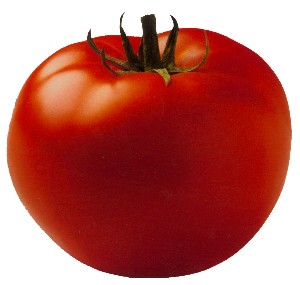.
You are here
Garden Pest Control Tips
I've had a few different garden pests in the past and here I'll share what I did to rid my indoor and outdoor gardens of them. I've had cucumber beetles, squash vine borers (the worst), and white flies.
White Flies
 White flies carry and spread disease and can do some major crop damage. Whiteflies feed by tapping into the phloem of plants, introducing toxic saliva causing major damage to the plant's health. They multiply quickly so it's best to get rid of them as soon as you see a few. If you bring your plants indoor over the winter they may contain eggs and you'll soon have a white fly infestation. The best way to control them indoors that I have found is to use yellow white fly traps that you can buy at your local big box stores. You can also make these yourself very simple and I have created a video about it which you can watch below. They lay their eggs on the underside of leaves in a circular pattern. It is very easy to spot. They have a few natural predators as well that you might want to try including green lacewings, ladybirds, minute pirate bugs, big eyed bugs, and damsel bugs.
White flies carry and spread disease and can do some major crop damage. Whiteflies feed by tapping into the phloem of plants, introducing toxic saliva causing major damage to the plant's health. They multiply quickly so it's best to get rid of them as soon as you see a few. If you bring your plants indoor over the winter they may contain eggs and you'll soon have a white fly infestation. The best way to control them indoors that I have found is to use yellow white fly traps that you can buy at your local big box stores. You can also make these yourself very simple and I have created a video about it which you can watch below. They lay their eggs on the underside of leaves in a circular pattern. It is very easy to spot. They have a few natural predators as well that you might want to try including green lacewings, ladybirds, minute pirate bugs, big eyed bugs, and damsel bugs.
Here is a video I created to show you how to make a simple white fly trap.
I found an even better method of catching white flies. I have an indoor tomato plant that was infested with white flies. I noticed they were drawn to a light bulb 15 feet away and not drawn to other bulbs. The reason for this is the bulb they were drawn to is a warm white bulb (2700K color temperature) and the other bulbs in the room were all cool colored lights. I combined my sticky trap with a light in the middle and you can see how wonderful it worked in the video below.
Squash Vine Borer
 Pictured to the left is a photo of the Squash Borer Moth. They act like a bee or wasp in their movements. The first time I saw one I thought it was some sort of unusual wasp. They lay eggs at the base of squash plants which soon hatch into caterpillars that burrow their way into the stalk of your squash and feed and eventually the stalk will die. In my case I saw the moth on my pumpkin vine and weeks later saw frass around the base of my pumpkin vine where it meets the soil. A classic photo of frass is to the left. Once you see the frass it is still possible to save the plant if they haven't damaged too much. I created a video showing how I extracted the caterpillars from my pumpkin vine (see video below). I was a little too late and my plant did not survive.
Pictured to the left is a photo of the Squash Borer Moth. They act like a bee or wasp in their movements. The first time I saw one I thought it was some sort of unusual wasp. They lay eggs at the base of squash plants which soon hatch into caterpillars that burrow their way into the stalk of your squash and feed and eventually the stalk will die. In my case I saw the moth on my pumpkin vine and weeks later saw frass around the base of my pumpkin vine where it meets the soil. A classic photo of frass is to the left. Once you see the frass it is still possible to save the plant if they haven't damaged too much. I created a video showing how I extracted the caterpillars from my pumpkin vine (see video below). I was a little too late and my plant did not survive.

Here is the video I made showing the caterpillar extraction.
Theme by tomorrowsgarden.net and SleestaksRule

